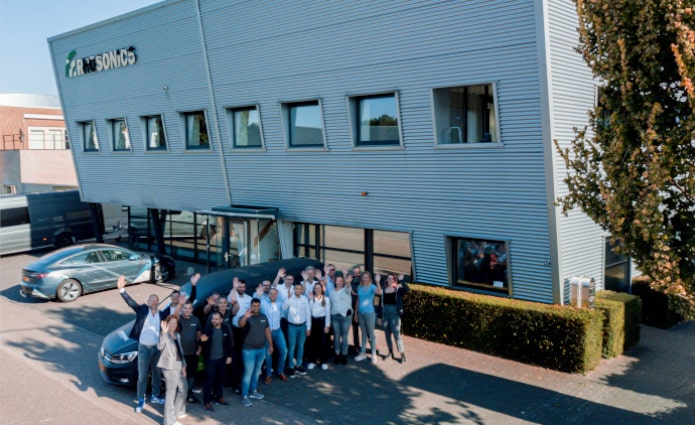Concentration measurement in the semiconductor industry
Friday 12 Jul 2024
For the past few years, the semiconductor industry has been suffering from a lack of supply. Due to the nature of high-tech industries requiring high investment, semiconductors were unable to meet the demand for a while. Customers want to use more smart devices in their daily lives, and they expect them to be faster and more powerful. Communication, consumer electronics, automotive, and computer industries all require more and better semiconductors. In addition, COVID-19 disrupted all supply chains, limiting semiconductor production. Therefore, producers are looking for alternative ways to improve their production in order to meet the demand. That is why concentration measurement in the semiconductor industry is essential.
Concentration measurement
In every manufacturing process, technology could make a difference. Introducing new technologies could improve production rates and process efficiency. One of the technologies is concentration monitoring equipment that is used to observe process chemicals in real-time. Measuring the chemical concentrations with the highest accuracy is important in the semiconductor industry, since there is an intensive use of chemicals. The process information could be analyzed to make improvements to the process. When used in combination with process control, the system could act directly if process changes are happening. The analyzer contributes to maintaining the right chemical concentrations (within desired values) to keep the process running under the optimal conditions. This helps to prevent unplanned downtime and improves the end product quality. Therefore companies can increase the production line efficiency with lower defect rates.
Challenges in the photolithography
In the semiconductor production process concentration measurement is important to prevent issues in the cleaning or in the wet etching processes.
Cleaning step
After the process step, the used materials should be cleaned with chemicals to prevent contamination in the next step. The goal of the cleaning step is to get rid of residues from previous steps that could affect the following steps’ performance. The cleaning chemicals should have the right concentrations to effectively clean the surface of the wafer. Otherwise, wafers may contain undesired organic/inorganic material. Wafers that have not been properly cleaned will not have the desired quality when the production line is completed. As a result, either the product will be counted as a defective product or sold as a lower-performance chip.
Development step
The exposed wafers are developed in immersion baths or by spraying. The exposed area will be removed or remains depending on the resist type (negative or positive). This step is important to create a perfect resist pattern to control which part of the substrate will be etched. The positive resist or negative resist pattern should be the same as intended. Otherwise, the wrong areas of the substrate will be removed in the next step which results in an ineffective product.
Like every production step of a semiconductor, precision is key to achieving the desired results in the development stage. The concentration of the photoresist developer (e.g. TMAH) should stay within an optimum range to effectively remove the photoresist in the intended area.
For example, a typical TMAH solution should be kept in a concentration between 2.38%-2.62%. A real-time and accurate analyzer will help to keep the chemical properties under control and have an effective operation.
Wet etching step
Wet etching (or isotropic etching) is a quick way to etch materials. In the wet etching process, different types of chemicals are used to create a pattern on the substrate of some material (usually silicon wafer). There is a trend for smaller and more compact chipsets, therefore the challenge of this process step is to precisely create more complex patterns in the substrate using the right chemical concentrations.
Solution to solve the process challenges
To avoid inefficient etching and cleaning of the substrates, chemical concentration control is essential. The factory will avoid using more chemicals than intended. Less chemical usage provides lower variable production costs and provides more eco-friendly facilities. The concentration ratio can be checked in real-time by measuring instruments to ensure the solution is exactly the desired mixture.
Rhosonics technology
Rhosonics’ ultrasonic technology provides a better overseeing of the process by monitoring multiple chemical concentrations simultaneously in real-time. The choice of technology depends on the amount of concentrations in a chemical solution that needs to be measured. Rhosonics can reach a measurement accuracy of up to ± 0.0001 wt%.
Conclusion
You have now read why concentration measurement in the semiconductor industry is important. We know that every production facility is facing its own challenges in terms process monitoring and control. Our goal is to cover the most common challenges for chemical solutions that occur in the semiconductor industry. If you want to learn more about our products, developed for the semiconductor industry, please contact us.
Want to have frequent updates on our products? Then please subscribe to our newsletter or follow us on our social media accounts at LinkedIn, Twitter and Instagram.
Receive our technical update?
Fill in your name and email address and we’ll keep you in the loop on our latest technology updates.



